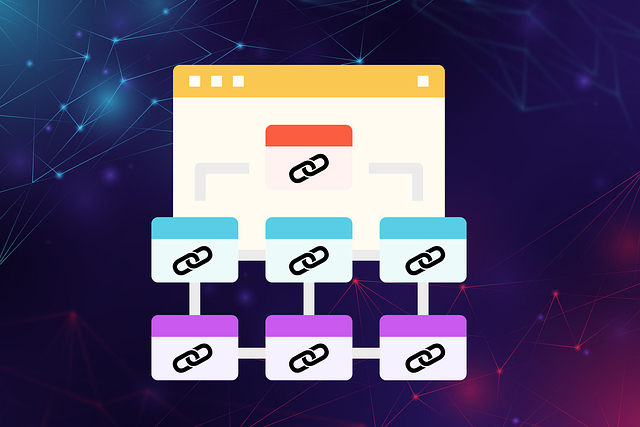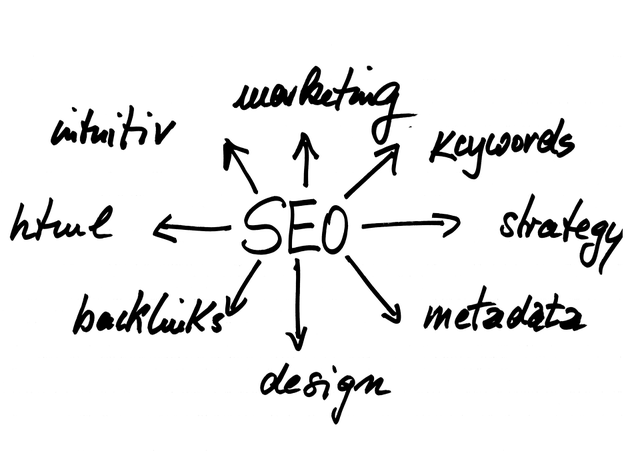Internal linking for SEO is a powerful tool that improves user experience and boosts website authority by interconnecting relevant pages, aiding search engine indexing and ranking. Transactional keywords like "internal linking for SEO" enhance landing page optimization, attracting a targeted audience and boosting engagement. Effective strategies involve identifying quality content, creating natural links, using keyword-rich anchor text, and organizing websites hierarchically. Digital tools automate these processes, improving crawlability and efficiency. User-friendly links with clear anchor text and judicious no-follow attributes are key. Tracking metrics like CTR, session duration, bounce rate, and pages per session allows for refining the strategy to drive engagement and optimize website performance.
In today’s digital landscape, internal linking is a powerful strategy for enhancing website navigation and boosting SEO. This article delves into the intricacies of internal linking, its profound impact on search engine optimization (SEO), and how transactional keywords can significantly improve landing page performance. By exploring strategies, tools, and best practices, you’ll gain insights to craft effective internal linking campaigns that drive user engagement and elevate your site’s online visibility.
- Understanding Internal Linking: Why It Matters for SEO
- The Role of Transactional Keywords in Optimizing Landing Pages
- Crafting Effective Internal Linking Strategies for Maximum Impact
- Integrating Tools to Enhance Internal Link Placement
- Best Practices for Creating User-Friendly and SEO-Optimized Links
- Measuring Success: Tracking the Effectiveness of Your Internal Linking Campaign
Understanding Internal Linking: Why It Matters for SEO

Internal linking is a powerful strategy that significantly influences Search Engine Optimization (SEO). It involves creating links within your website’s pages to connect relevant content, which has numerous benefits for both users and search engines. By implementing internal linking for SEO, you enhance the overall user experience by allowing visitors to navigate through related topics easily. This not only keeps them engaged but also encourages deeper exploration of your site’s content.
When it comes to SEO optimization, internal linking plays a crucial role in demonstrating to search engines the hierarchy and relevance of your web pages. Search engine crawlers use these links as signals to understand the context and topic of each page, leading to better indexing and improved rankings in search results. An internal linking for SEO tutorial would guide you through creating a structured network of links that not only drives organic traffic but also establishes your website as an authority in its niche, especially when compared to competitors who haven’t optimized their site with effective internal linking strategies.
The Role of Transactional Keywords in Optimizing Landing Pages

In the realm of search engine optimization (SEO), transactional keywords play a pivotal role in enhancing landing page effectiveness. When crafting landing pages that offer tools for internal linking, incorporating relevant transactional keywords becomes essential. These keywords not only accurately reflect the user’s intent but also guide search engines to understand the context and purpose of the page. For instance, using terms like “internal linking for SEO” or “internal linking for SEO optimization” signals to both users and search algorithms that the content is specifically tailored to assist with strategic internal linking practices.
This strategy is particularly beneficial in an era where digital visibility is paramount. By optimizing landing pages with such keywords, you create a seamless experience for visitors interested in improving their site’s internal linking for SEO tutorial. It ensures that your page ranks higher in search results for relevant queries, thereby attracting a targeted audience and fostering better user engagement. This, in turn, can lead to increased conversion rates and a more robust online presence, making it a crucial element of any comprehensive SEO strategy.
Crafting Effective Internal Linking Strategies for Maximum Impact

Crafting effective internal linking strategies is a crucial component of any comprehensive SEO (internal linking for SEO) toolkit. It involves thoughtfully structuring your website’s navigation to guide users and search engines alike, enhancing both user experience and page authority. A well-executed internal linking strategy begins with identifying relevant, high-quality content within your site. This content acts as the foundation upon which you build strategic links, directing users and search algorithms to valuable information.
When implementing internal linking for SEO (internal linking for SEO tutorial, internal linking for SEO tips), focus on creating natural, contextually relevant connections between pages. These links should provide added value to visitors by offering further insights or related content. Avoid excessive linking that may disrupt the user experience. Instead, strive for a harmonious balance where each link complements and enhances the others (internal linking for SEO SEO). Remember, internal linking is not just about improving SEO; it’s also about fostering a seamless digital journey for your audience.
Integrating Tools to Enhance Internal Link Placement

In today’s digital era, integrating tools designed to optimize internal linking for SEO is no longer an option but a necessity. These tools play a pivotal role in enhancing website architecture and improving search engine visibility. By employing strategies such as keyword-rich anchor text, contextual link placement, and automated link building, businesses can ensure their internal linking structure benefits both users and search engines.
For instance, an SEO tutorial or strategy guide might recommend using specific internal linking techniques to connect relevant pages together. This strategic approach not only aids in navigation but also allows search engine algorithms to crawl and index content more effectively. As a result, websites experience improved SEO optimization, leading to better rankings and increased organic traffic.
Best Practices for Creating User-Friendly and SEO-Optimized Links

Creating user-friendly links is an essential part of any effective internal linking strategy for SEO. Start by ensuring each link has a clear and descriptive anchor text that accurately represents the target page’s content. This not only helps users understand where they’re being directed but also provides valuable context to search engines. Use concise and specific keywords, avoiding vague or generic phrases. For instance, instead of “click here,” opt for “learn more about internal linking.”
When optimizing your internal links, follow a hierarchical structure that logically organizes your website’s information architecture. Link to relevant pages within the same topic cluster to create a cohesive network of related content. This not only enhances user experience but also allows search engines to better understand your site’s context and intent. Additionally, use no-follow attributes carefully—while they’re useful for external links, overuse can negatively impact your SEO efforts. Implement these internal linking for SEO tips to ensure your links are as beneficial for users as they are for search engine optimization.
Measuring Success: Tracking the Effectiveness of Your Internal Linking Campaign

Measuring success is a vital aspect of any digital marketing strategy, and internal linking for SEO is no exception. By implementing tracking tools and analytics, you can gauge the effectiveness of your campaign in enhancing user experience and boosting search engine rankings. Key metrics to monitor include click-through rates (CTR) from internal links, which indicate the appeal and relevance of your anchor text. A high CTR suggests that users are engaged and likely to explore more of your content, thereby improving SEO optimization for the long term.
Additionally, keeping an eye on session duration, bounce rate, and pages per session provides insights into how well your internal linking structure is guiding users through your site. These metrics help identify underperforming pages or areas that may need better connectivity within your content tapestry. Using these data points, you can refine your strategy, ensuring that internal linking for SEO tips are not just present but also actively driving engagement and improving overall website performance.
